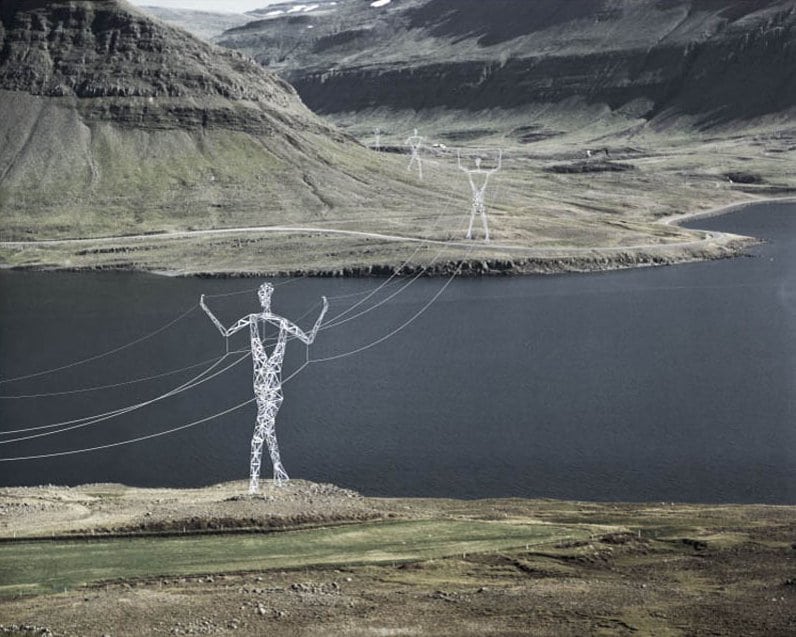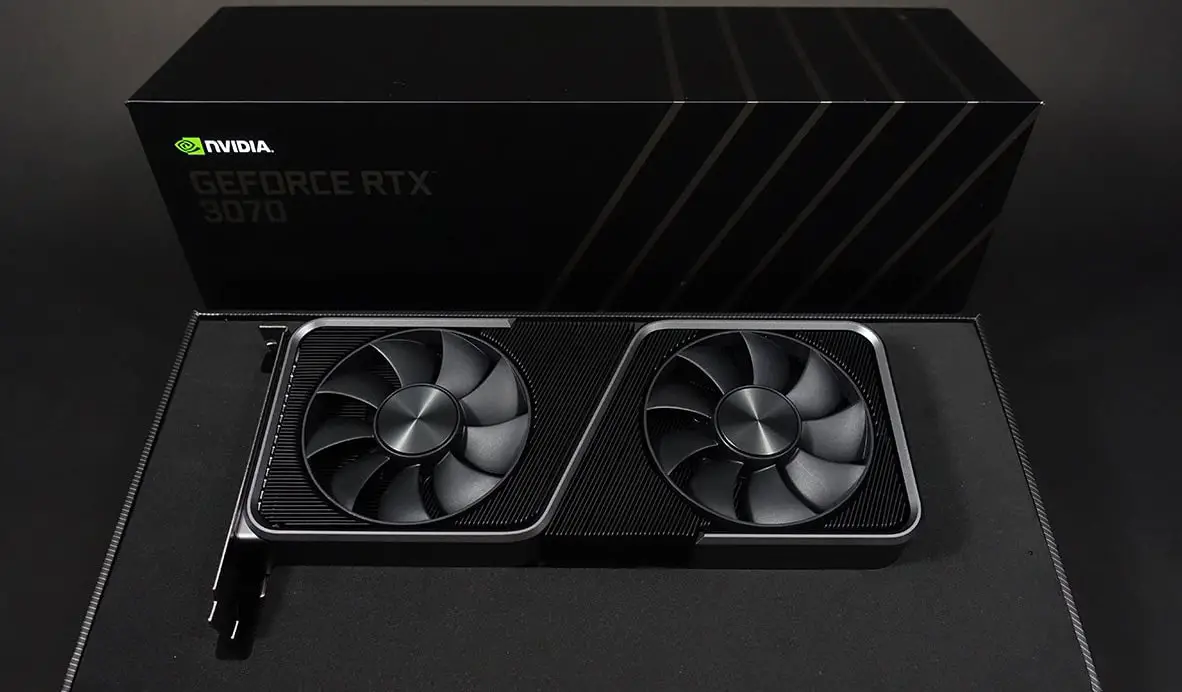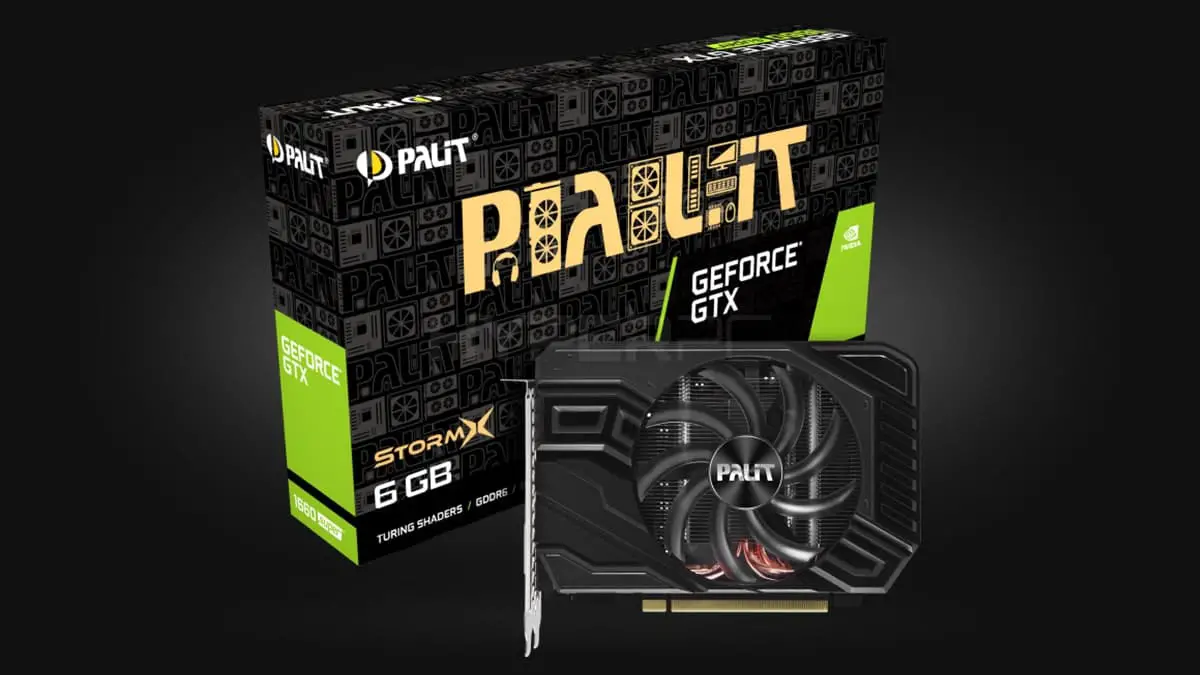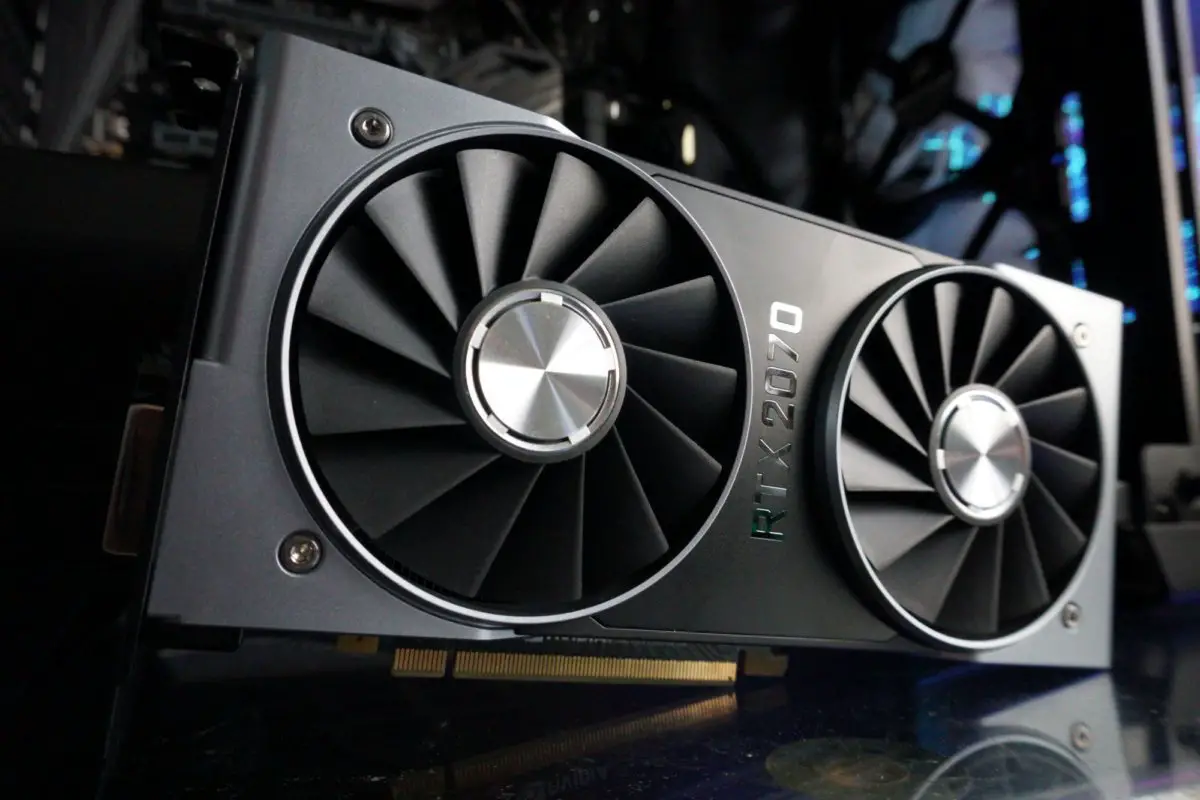Unfortunately, the number of people who are deeply disappointed in Bitcoin because they did not invest in it, when it was worth a thousand times less, is simply enormous. They like to hate Bitcoin or all cryptocurrencies put together, they are delighted to hear news about a possible ban on the circulation of cryptocurrencies or another tightening of regulation. When the Bitcoin price plummeted a few weeks ago that the cryptocurrency community even tensed a little, Twitter was filled with gifs and memes of people who were eagerly savoring the event.
Also, over the past few months, the “caring” community has been discussing another topic related to Bitcoin – energy consumption.
Not too long ago, we reported that Iceland will use more electricity this year to mine Bitcoins than to power homes. Such a leap is considered by many to be unacceptable. Therefore, if earlier Bitcoin haters talked about the fact that it finances criminal networks, exacerbates inequality and contributes to a destructive revolution of robots, now they are trumpeting with all their throats that because of Bitcoin glaciers are melting, polar bears are dying and the end of the world is coming. By the way, Bitcoin is also to blame for the fact that ufologists cannot search for UFOs, female penguins refuse to have families, and Bill Geist generally stated that Bitcoin kills people. No, we are not joking.
It should be clear to any normal person that all these accusations are sucked from the finger, however, so that you can make a weighty argument in a dispute with an avid bitcoin hater, we decided to understand in more detail the theory of the ecological disaster caused by cryptomania.
So, it cannot and should not be denied that electricity used for mining can be harmful to the environment, like any other electricity – for sending emails, watching Netflix all night long, flying, driving a short distance, eating steaks several times a week. and strawberries in winter.
However, among all these factors, there is not the most harmful one, because the worst of all, oddly enough, is cash payment.
And mostly humble old-fashioned coins are to blame.
A few years ago in Canada, the authorities withdrew from circulation the smallest coin at face value, as the cost of its production was higher than the face value. The same goes for American and European cents, although they are still in use today. In addition to Canada, other countries are getting rid of such coins – Sweden, Brazil and New Zealand. However, the problem with small coins is not only the cost of producing them, but also the impact they have on the environment.

The fact is that zinc ore is used for the production of these coins. The scale of the impact of the so-called carbon footprint on the environment during the mining, transportation and production of these coins can hardly be overestimated. In order for clear coins to appear in our wallets, zinc ore must be mined, transported to a smelter, smelted, purified, delivered to the mint, and then also distributed throughout the regions of the country.
The American Council on Science and Health website published an article in 2016 that states that $ 327 billion worth of US cents have been minted since the early 1980s, equivalent to the emission of 107 million feet of carbon dioxide. Recall that this is only in one country. And last year, one of the authors in MarketWatch published information that in 2011 the US Mint bought more than 11,700 tons of zinc to make cents. Now imagine the “ecological cost” of money, which is not even considered money – it is a trifle that is constantly lying around in the car, pockets, piggy banks, etc.

To help you better understand the scope of the problem, it is worth explaining how zinc ore is mined and processed. An article on the Smithsonian website makes it clear that the mining and processing process includes limestone blasting and sampling of high-grade zinc-bearing sphalerite ores. Then the mineral is crushed and processed in chemical baths to separate the zinc. Already at the smelter, zinc is roasted and then treated with chemical reagents again. The by-products of this production are sulfuric acid, sulfur dioxide and mercury. Moreover, small coins are almost always disposable, that is, no one recycles them.
Moreover, there are a few more points:
- Often, Bitcoin miners use natural energy to mine cryptocurrencies – the sun, water, wind. These are “green” energy sources, the harm from which is minimal;
- Energy consumption during mining does not depend on the growth in the number of transactions, that is, when most people start using it, the planet will not explode from overheating;
- Bitcoin exists in digital format – it’s just a code. For its production and circulation, no raw materials, production facilities, logistics, printing presses, banks, ATMs, banknotes, coins, etc. are needed. What can I say – you don’t even need a wallet made of someone’s skin to store it;
- Moreover, developers are constantly improving network bandwidth, which will subsequently reduce power consumption;
- Bitcoin and other cryptocurrencies will unite the monetary systems of different countries. And you do not have to frantically exchange rubles at an extortionate rate before traveling to Thailand. Moreover, the sensational December problems with the Bitcoin commission are over.
As for paying with credit cards, everything is about the same as with ordinary money, even slightly worse, because a credit or even debit card transaction is not a complete full-fledged operation. It is only a payment authorization, followed by the interaction of at least five parties – the cardholder, the card issuing bank, the card network, the acquiring bank and the payee. In contrast, a Bitcoin transaction can be considered completed the moment it enters the blockchain. Of course, the miner who placed the transaction in the block spends a certain amount of electricity, but this is even incomparable with the amount of electricity that is required for the full operation of at least three large financial companies, which have to work for several days to process transactions on your card. And these cards still need to be produced, delivered, etc.
Do not think that mining does not harm the environment, however, if we talk about “harmful” payment methods, then Bitcoin and cryptocurrencies are definitely a step forward towards a more environmentally friendly format for the existence of money.
Therefore, if you support the idea that it is time for humanity to stop “milking” the Earth and destroy our common home, then choose cryptocurrencies and Bitcoin, this is definitely a step in the right direction.














